Dwellings in Jericho, which were built in 9000 BC of mud brick, still stand today as testament to the longevity of earthen homes. Cob has also been popular in the UK and Ireland as their soils have a high clay content. Thousands of old cob dwellings are still in use as residences in the UK.
Cob Homes Are Simple And Sustainable
Combine two buckets of clay, three buckets of coarse sand (if your subsoil already has the correct proportions of clay, silt and sand better yet), add some water and straw, stomp on that with bare feet for a bit, form into lumps (cobs) for ease of transport, then start building.
If your subsoil is appropriate, your cob building could be the utmost in sustainability, if you build with local stone and use no machines, there would be no transport of building materials and no fuel use. Plus your home will most certainly not pollute the environment as it will simply return to the soil from which it sprung (many years down the line). You can also reuse cob again and again, take down a wall and then reuse the same cob to build a new wall.
In cob building, a home’s boots (foundation) and hat (roof) are extremely important, as cob should not be exposed to excessive water.
The World’s Most Amazing Cob Homes
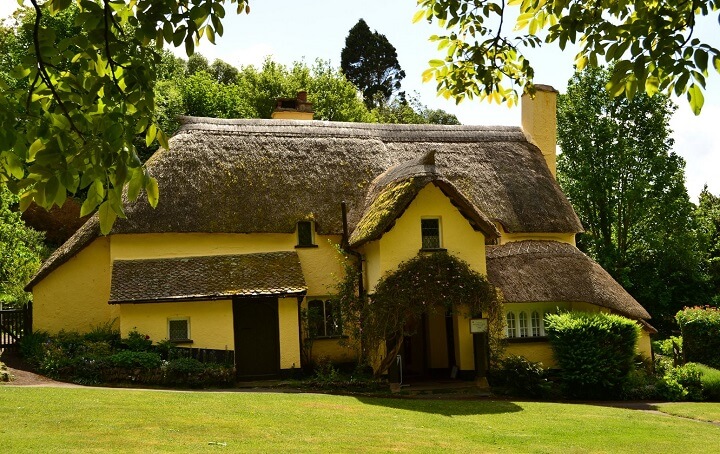 Cob home with thatched roof in Devon, UK. Cob was the prefered building material in the Westcountry until 1940 or so. Image by Helsie: helsieshappenings.blogspot.com
Cob home with thatched roof in Devon, UK. Cob was the prefered building material in the Westcountry until 1940 or so. Image by Helsie: helsieshappenings.blogspot.com

Cob House – a new limewashed cob house on the River Dart at Dittisham, Devon. Architects: Bedford & Jobson. Builder: Kevin McCabe. buildsomethingbeautiful.co.uk
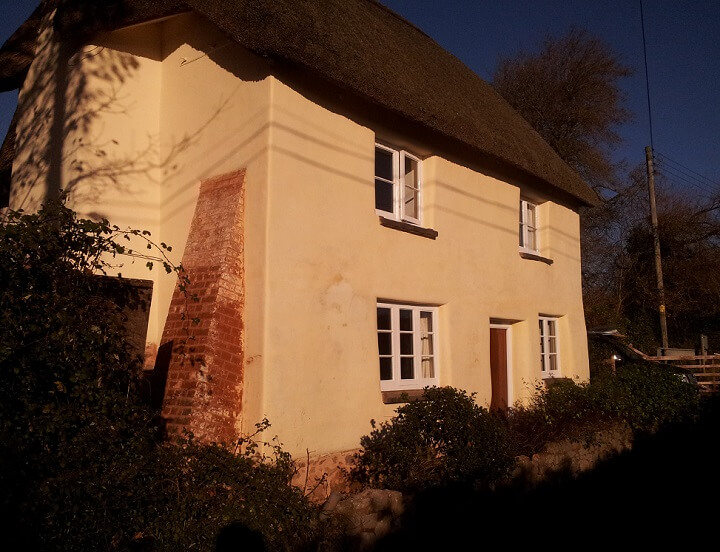
Cob Cottage, Rewe. Renovation by Cob Solutions.
A permeable finish is necessary to allow breathing and to avoid damp walls. Clay based or lime based finishes are best. Decades ago many in the UK coated the exterior of their old cob dwellings with a cement render. As the render was compromised with time, water that got into the cob had no avenue for escape and the trapped water slowly ate away at the cob. Cob walls need to breathe. cob-solutions.co.uk
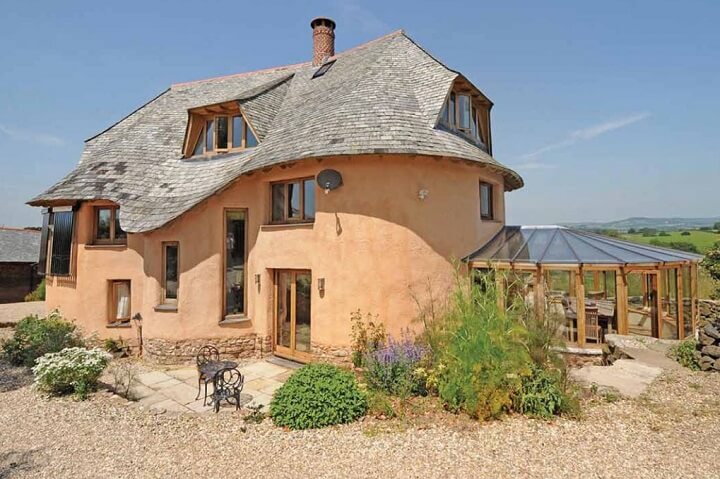
Cob home in East Devon, UK.
Built in 2001 by master cob builder Kevin McCabe. This cob is from on site and so this home literally grew up from the soil. buildsomethingbeautiful.co.uk

New cob construction at Dyssekilde, a no-car eco-village in Denmark. dyssekilde.dk/uk

Cob and stone home. Via: facebook.com/cordwoodconstruction
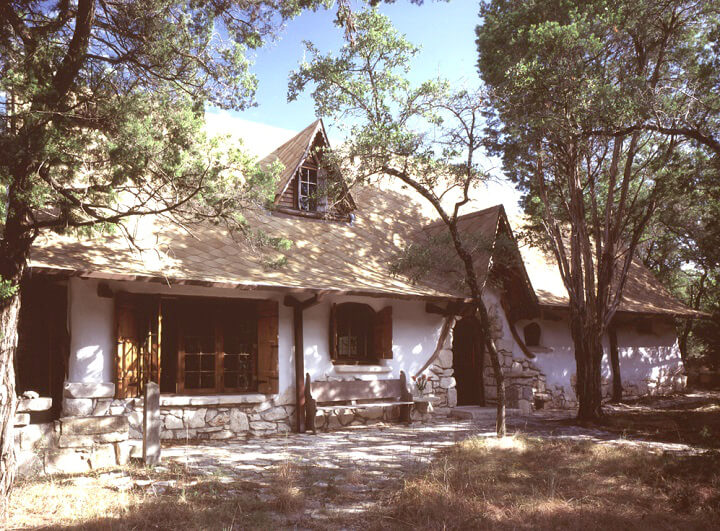
Cob home (900 square ft) in Austin Texas. Built and owned by Gary Zuker. The total cost (in 2000) including appliances, septic and well was about $40,000. Costs for structure: 250 bales of straw ($375), 6 cubic yards of blue clay ($25), 60 tons of limestone boulders ($120), and 50 planed pine timbers ($2000). motherearthliving.com
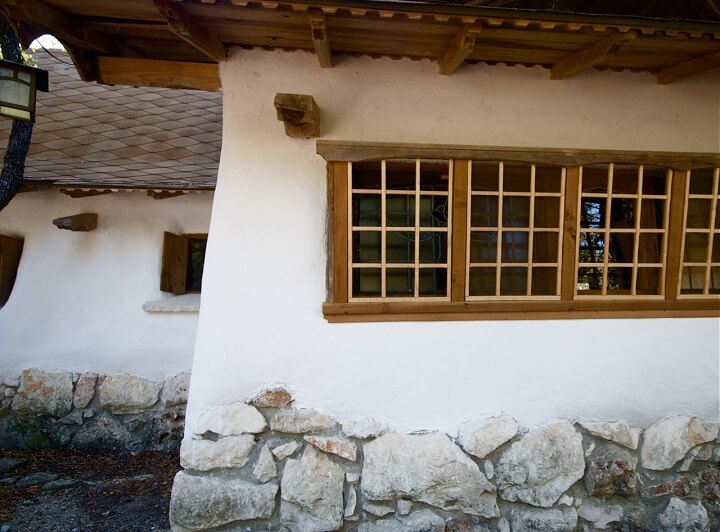
Cob (actually more clay-slip than cob) home.
Gary built ‘flimsy’ plywood forms to hold the cob in place. The base of the building is intentionally wider than top of the wall. Instead of adding sand he used just clay and straw in his mix. placepatterns.org
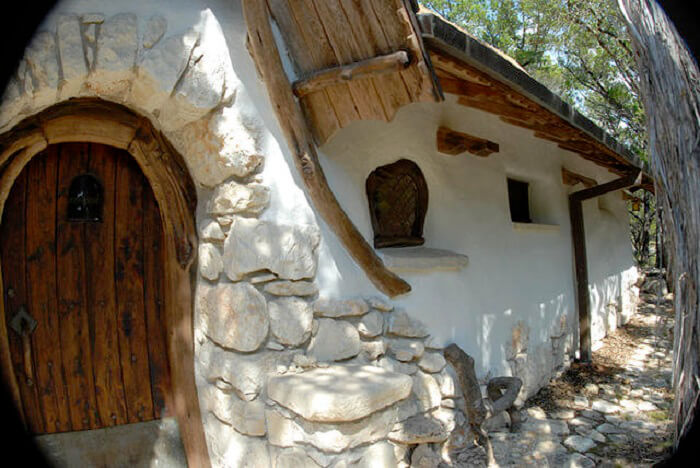
Cob home.
Gary Zucker muses as to scale, materials and beauty. A must read here: placepatterns.org
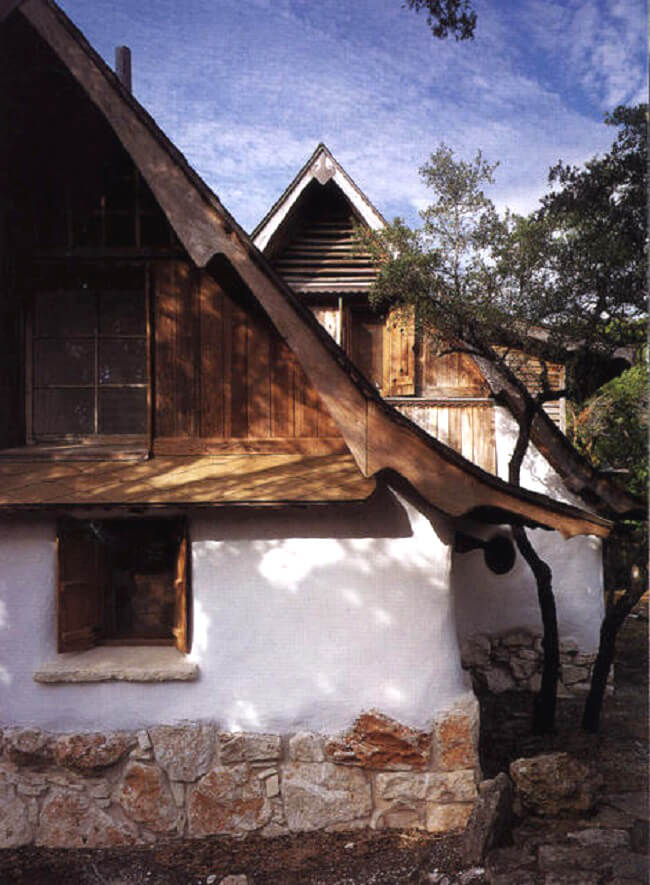
Cob home gables, Texas.
Read Gary’s hierarchy of scale.
placepatterns.org
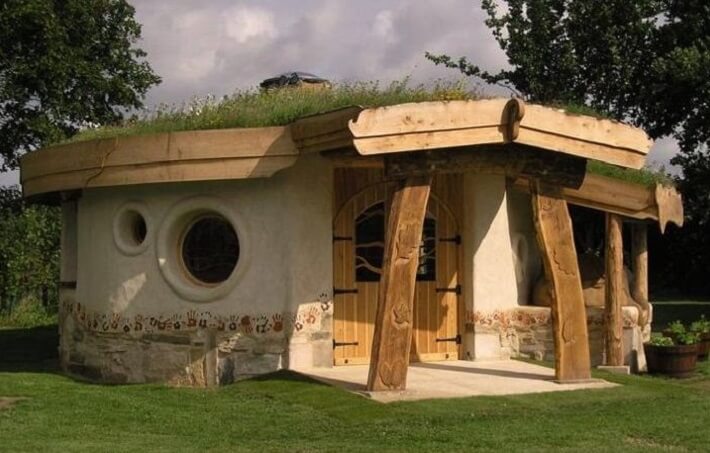
Cob Building.
Earthed was contracted by Slimbridge WWT to build a cob and timber frame viewing gallery to house a new exhibition of wetland mammals. The cob walls in combination with a timber frame structure supports a ˜living roof of wild flowers and are finished with a lime plaster and earthen render. earthedworld.co.uk
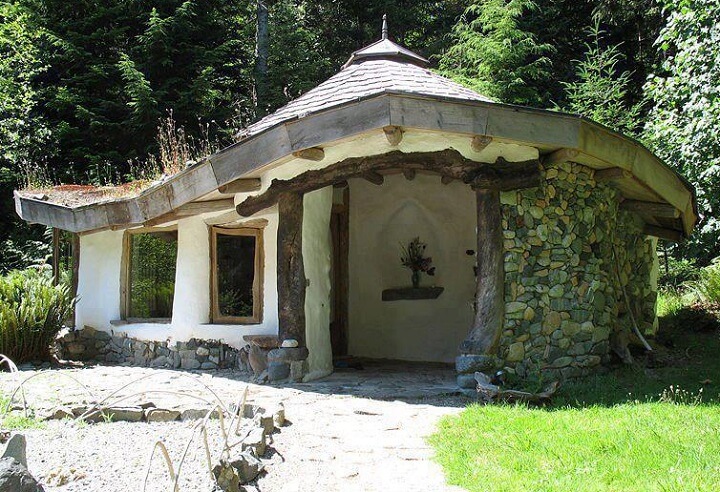
Cob meditation sanctuary
at Hollyhock on Cortes Island, Canada.
www.hollyhock.ca
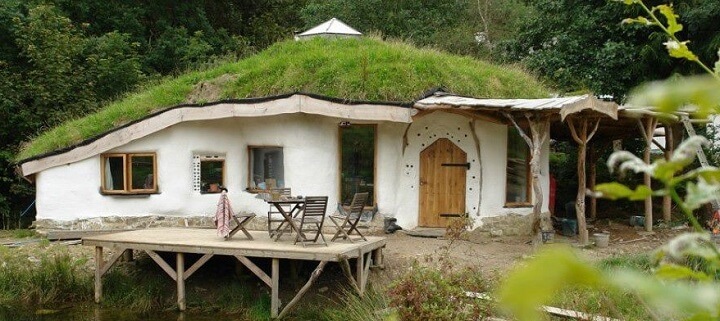
Charlie and Meg’s round house in Pembrokeshire.
Built without permission, the couple are currently fighting for a retrospective permit. facebook.com
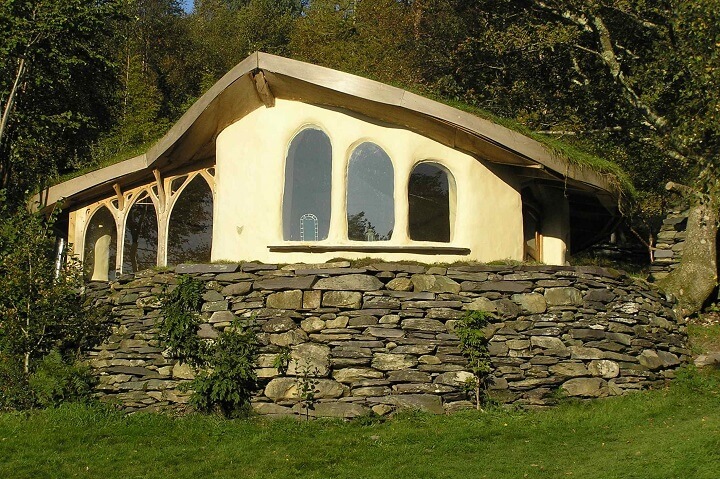
Cob cottage at Cae Mabon, Wales.
caemabon.co.uk
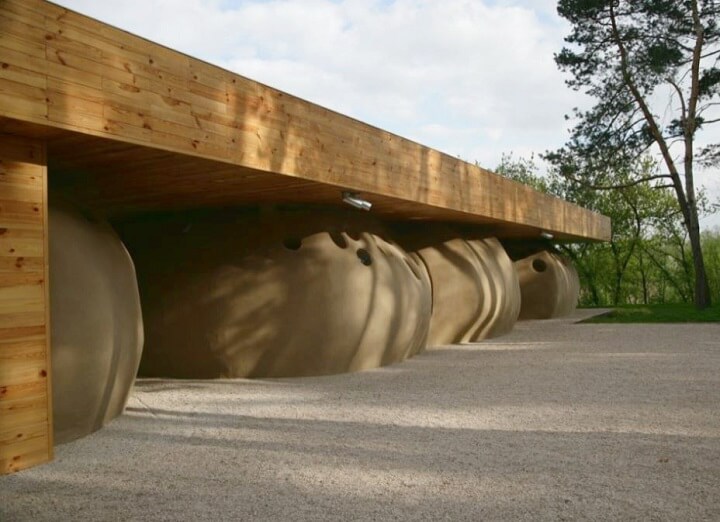
FriendHouse Eco Hotel, Orel River, Ukraine.
The dome rooms were built using traditional Ukrainian building methods where a wooden framework is coated first with a mixture of clay and straw and then with clay mixed with sawdust. By Ryntovt Design. ryntovt.com
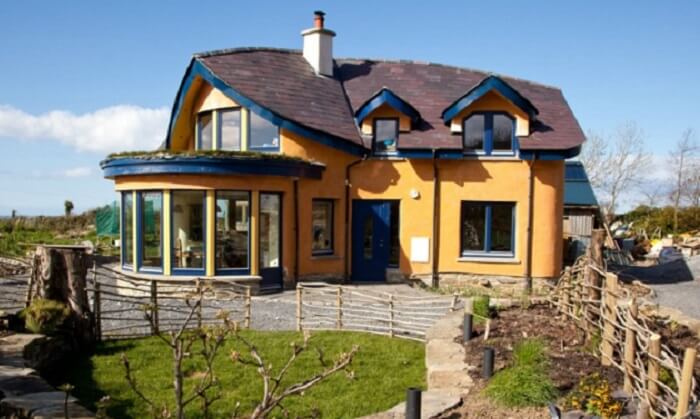
Cob home in Ireland
By Colin Ritchie and Féile Butler. They give workshops.
80% of the materials used were salvaged. Total cost: €114,000 includes €45,000 for windows and heating, plus €5,000 on a rainwater collection system. Their home heating bill last year was €115. mudandwood.com
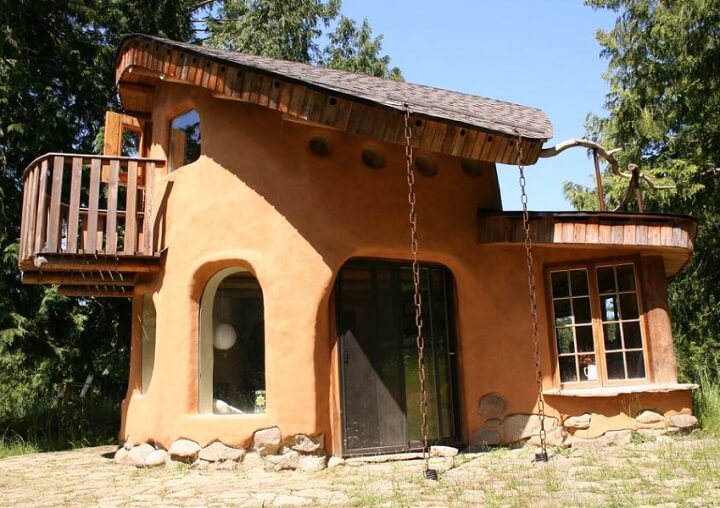
Hilde’s Cob house built in 1999 during a 3 week workshop led by Ianto Evans and Elke Cole. The roof was put on that fall and the following spring the interior finishing was completed by Tracy, Elke and Patrick. Hilde’s project was the first cob fully permitted as a house in Canada. The roof is totally load bearing on the cob walls. The house is 600 sq.ft on 2 floors and is fully plumbed and wired. Finished cob and roof construction costs were approximately $56,000. cobworks.com
.jpg)
Cob Home
via lowcountrynaturalbuilding.com
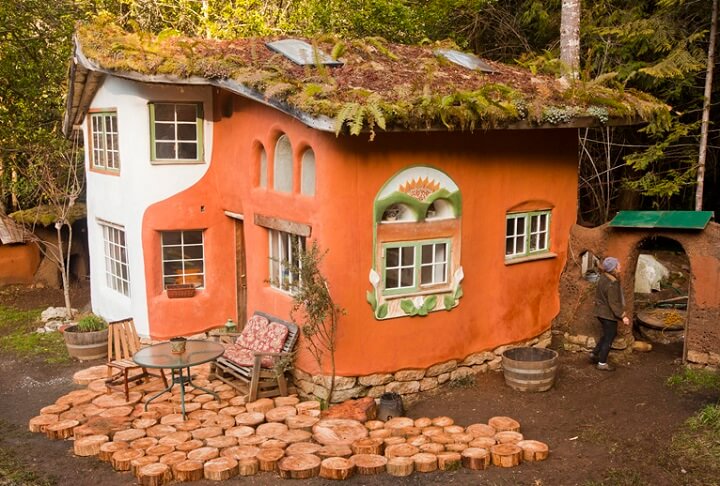
Laughing House at Cob Cottage Company.
Built by Ianto Evans and Linda Smiley. cobcottage.com
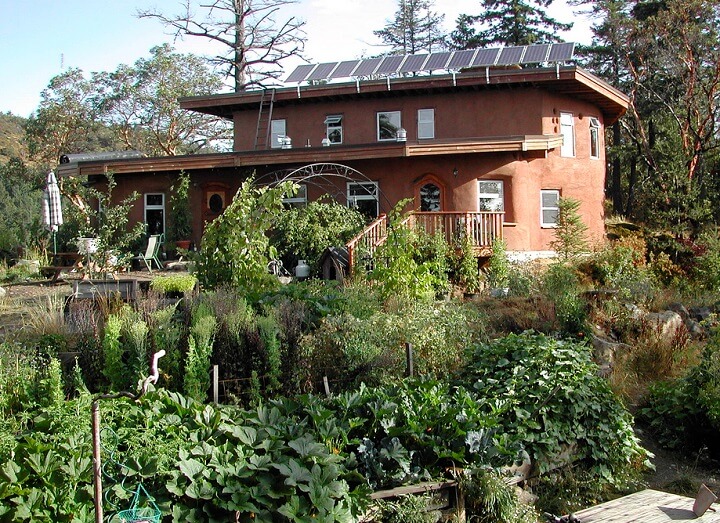
Gord and Ann built this code-approved high occupancy load bearing cob house and workshop in Victoria BC. Features include load bearing cob, living roofs, earthen floor with hydronic heating, solar PV and wind with a grid inter-tie, solar thermal collectors, grey water irrigation, thermophilic composting toilet system, high fly ash concrete, mix of recycled and sustainably milled lumber, rain water catchment/well hybrid system for domestic and irrigation water needs. ecosenseliving.wordpress.com
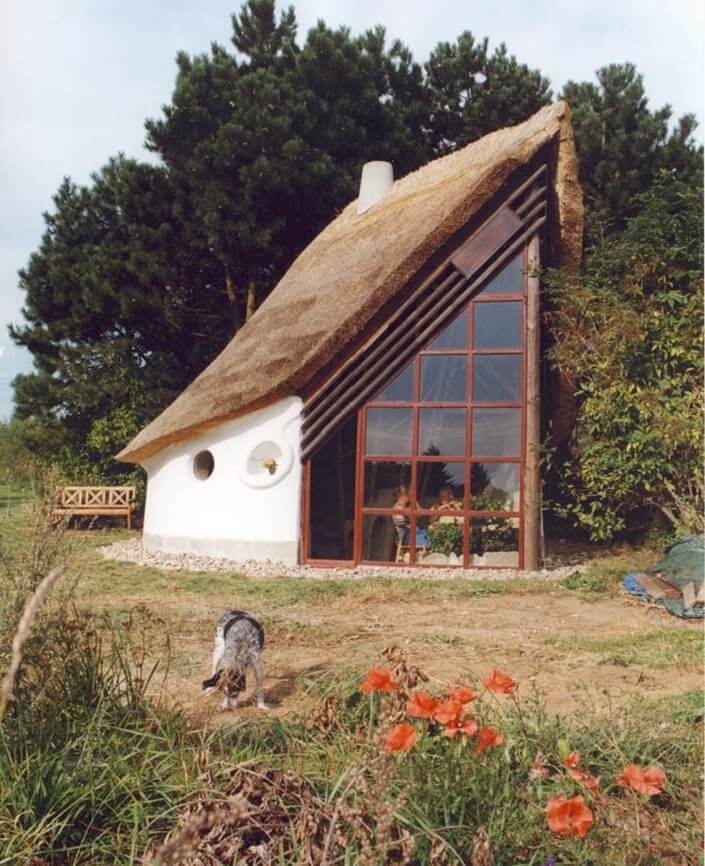
Unique cob home by Danish building master Fleming Abrahamsson along with his friend Ianto Evans. facebook.com
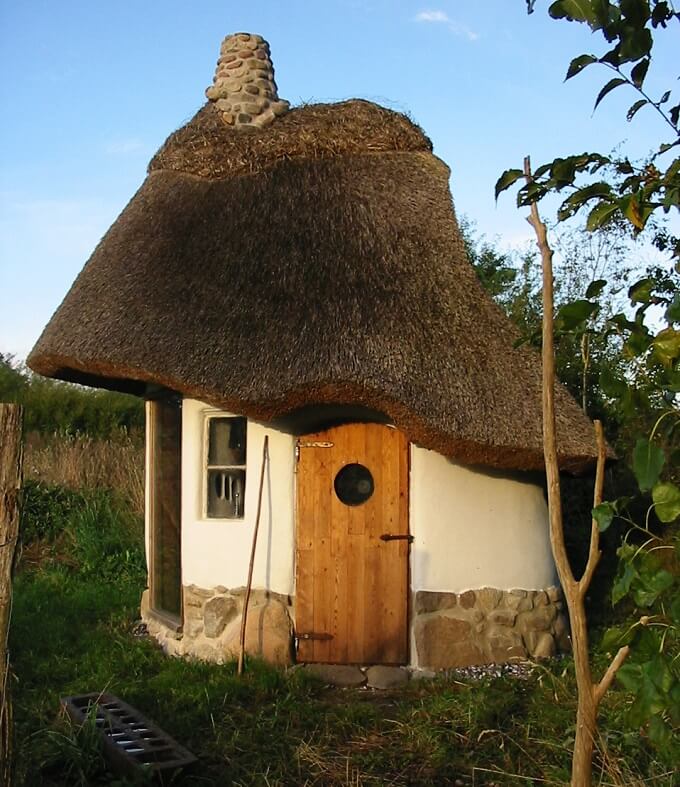
Mikkel’s house (10 years old).
Built by he and his father, eco-builder, Bjarne Grube Wickstrøm, oeko-byg.dk

3000 sq ft cob home in California.
The foundation started out 22-26″ thick at bottom and tapers to 19″ at the top of the wall. Tractors were used to mix the cob and distribute it around the building site. By Rob Pollacek, californiacob.com
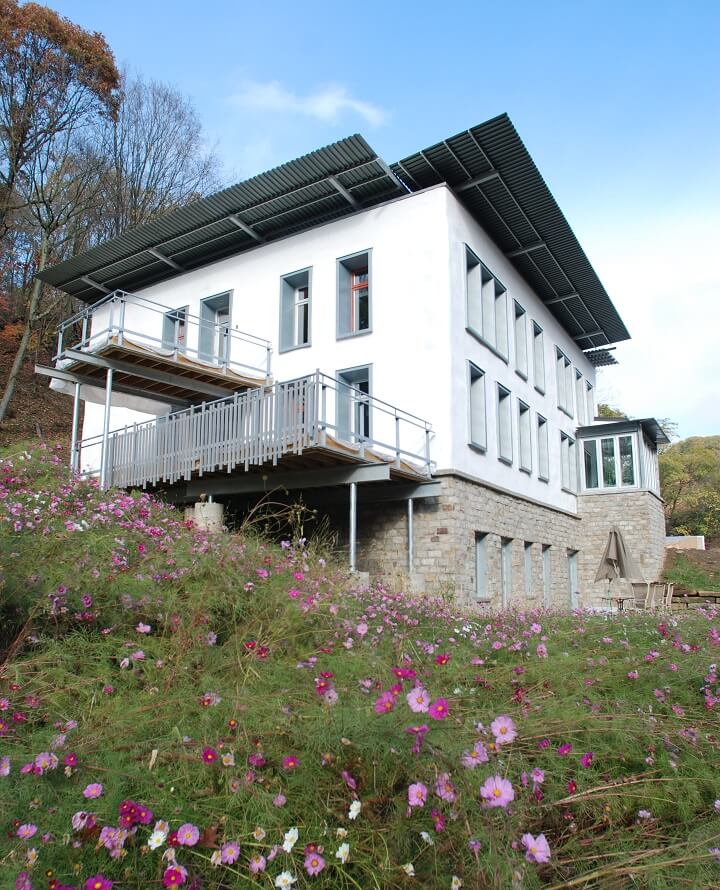
Sota Construction Corporate Headquarters, certified LEED Platinum 2012, showcasing cob walls, native plantings meadow, and daylighting. sotaconstruction.com
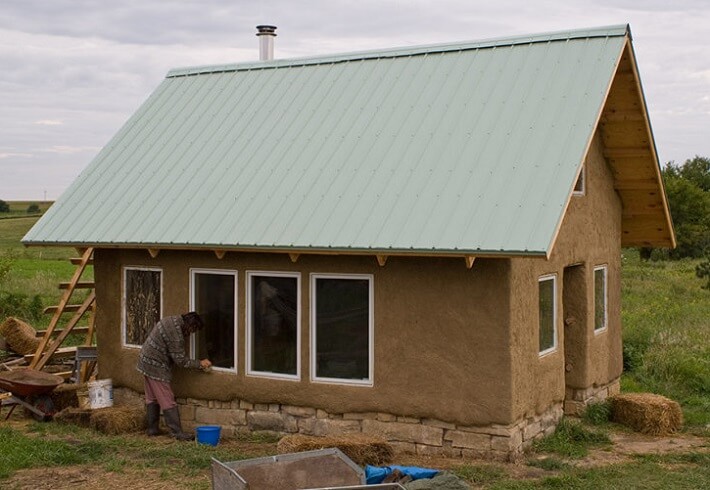
Cob home built for $7000. Half of that cost was in the roof and windows.
Built by Hap & Lin Mullenneaux, Fairfield, Iowa.
Later coated with a white lime plaster.
www.iowasource.com
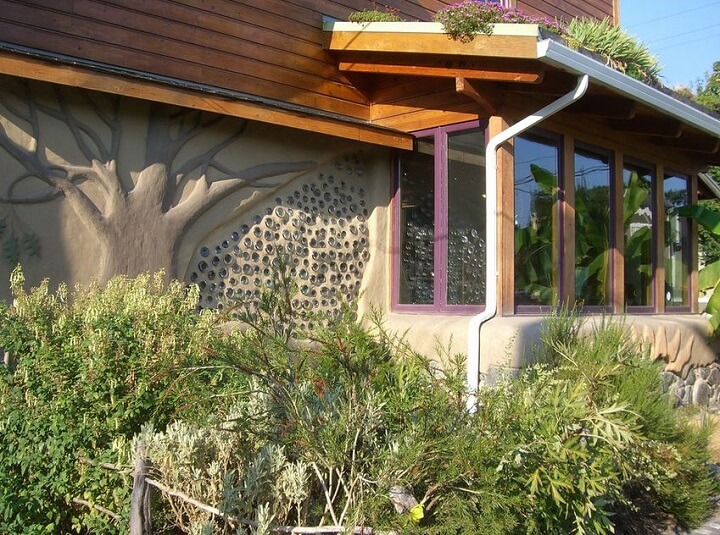
Cob Building, People’s Co-op, Portland, Oregon.
flickr.com/robbibaba
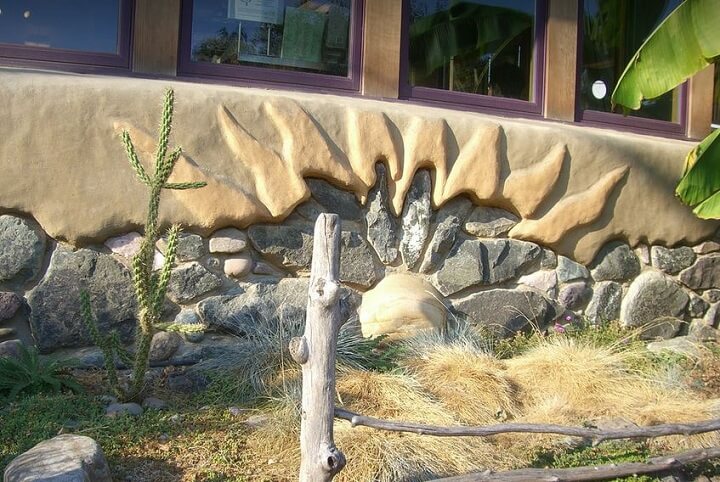
Cob Building, People’s Co-Op, Portland, Oregon.
flickr.com/robbibaba
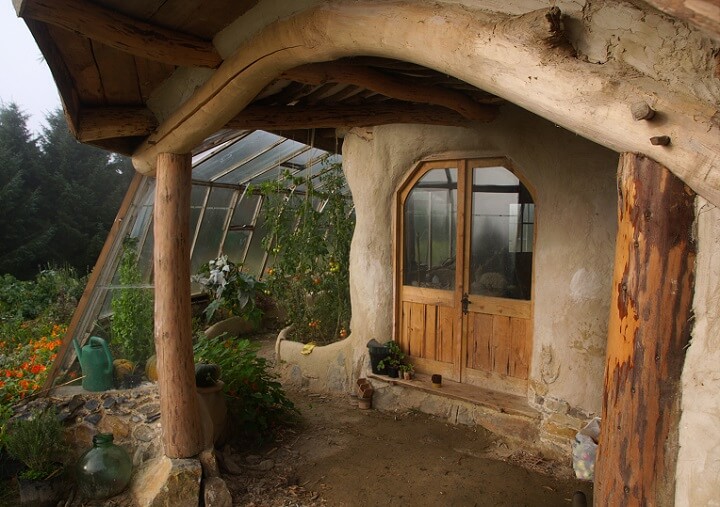
Free form cob cottage and timber home built for £3000.
By Simon Dale, beingsomewhere.net

Cob Home in Oxfordshire, England. Built by Michael Buck for $250. using only mud and found materials (and no power tools). mirror.co.uk
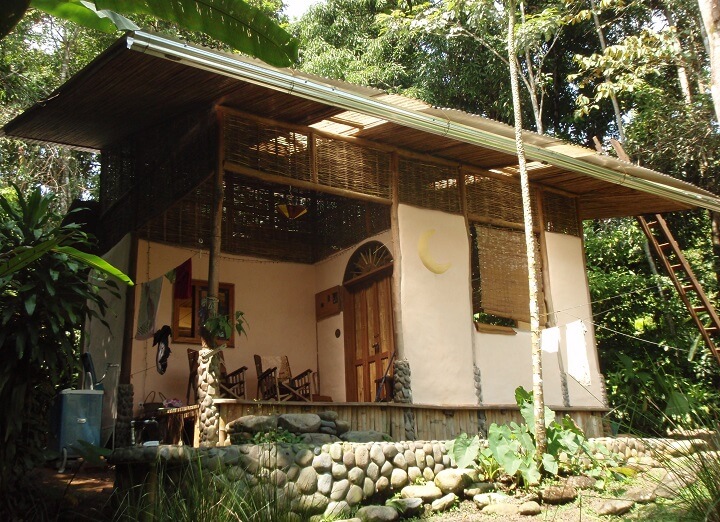
“La Chosa” Tim and Robin O’Hara’s cob home, Costa Rica.
www.ranchomastatal.com
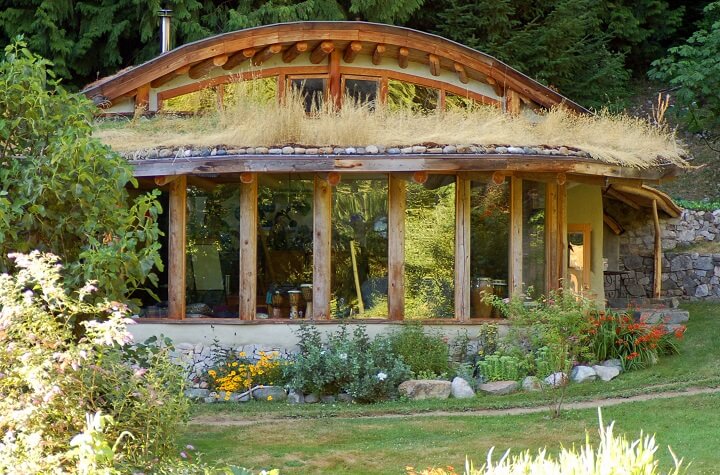
Cob Cottage with green roof and lots of south facing glass. escapefromamerica.com
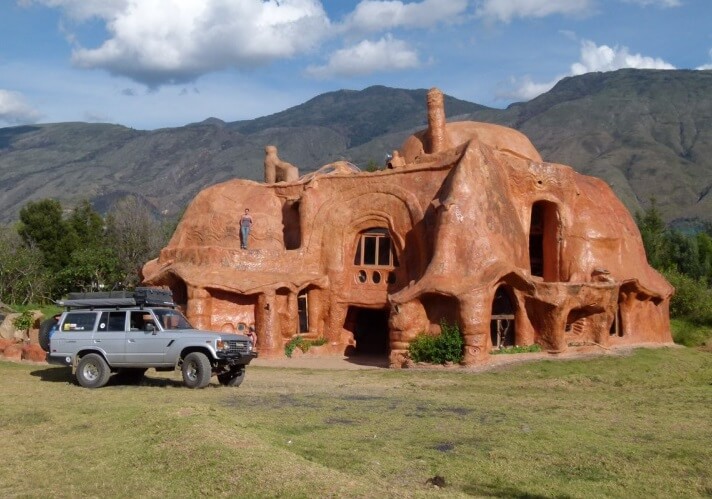
This organic cob home in Villa de Leyva, Colombia mimics the mountains. Cob construction is attractive to many, due to its sculptural possibilities. I do not know what breathable render they used to seal the roof. Whatever was used, it will surely need to be resealed every few years in a rainy environment. Via: overlandsphere.com
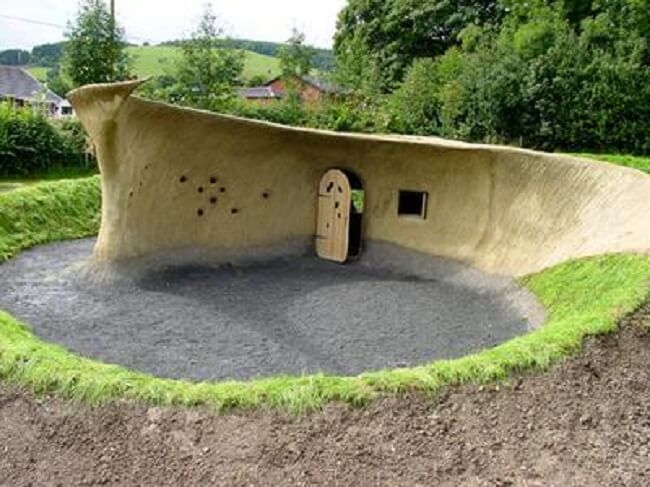
Free form underground cob home.
Via: permies.com

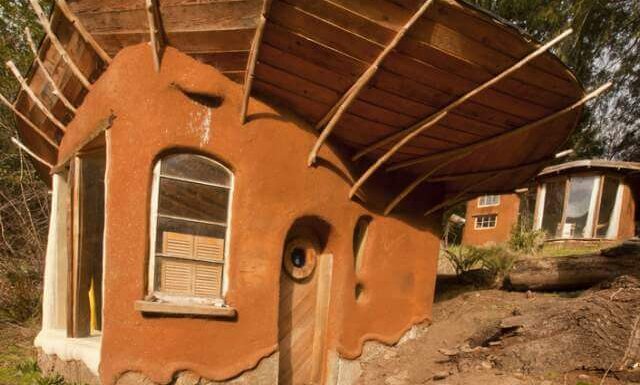



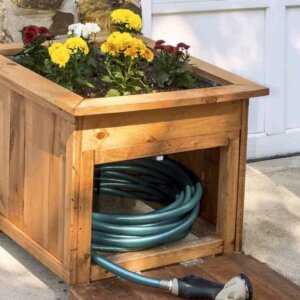
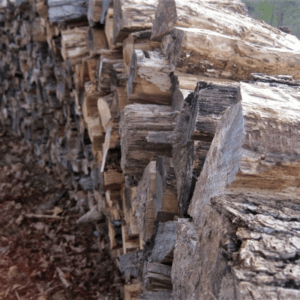
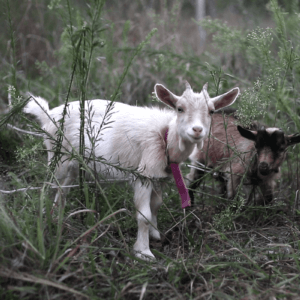
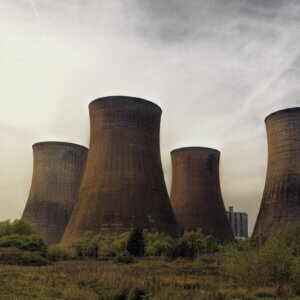
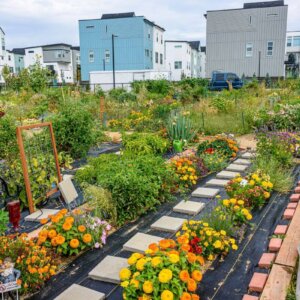

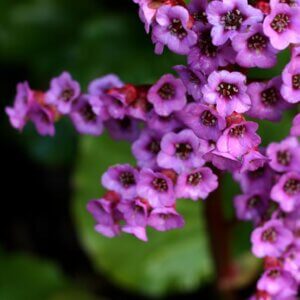
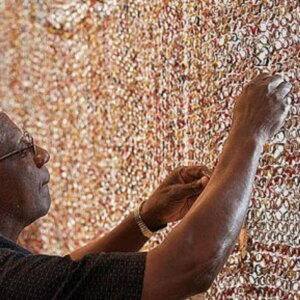

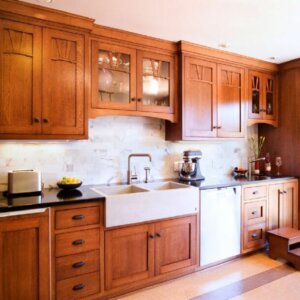

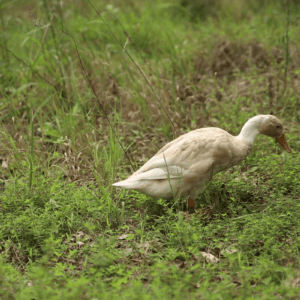
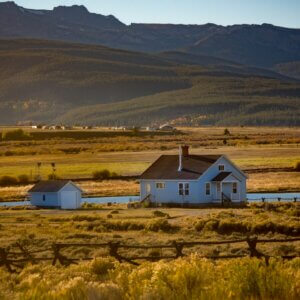

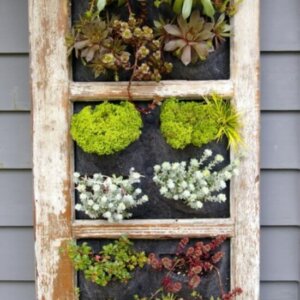
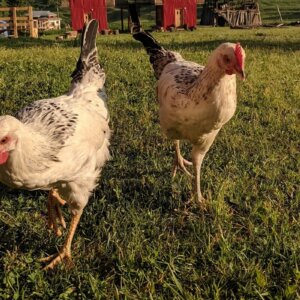

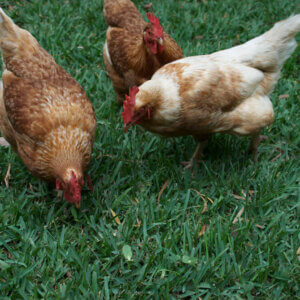
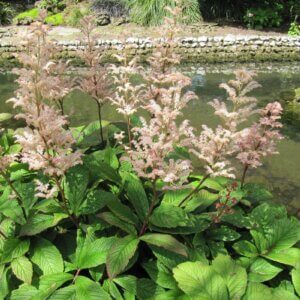
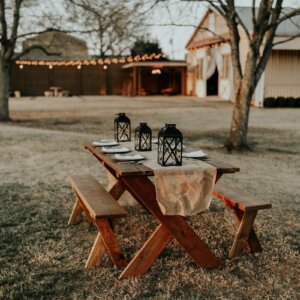
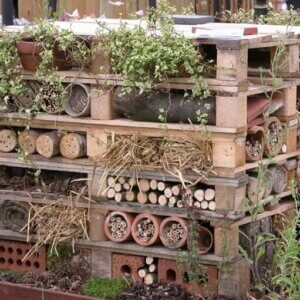


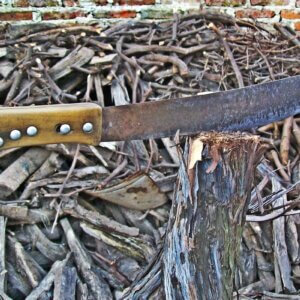

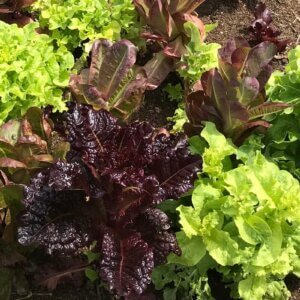
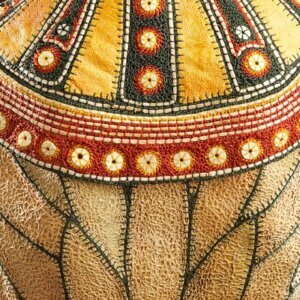

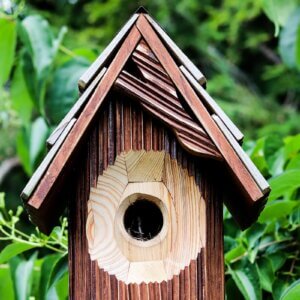

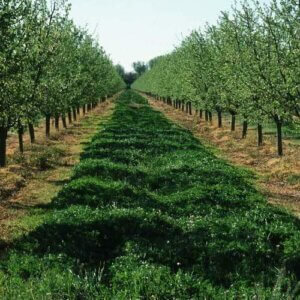



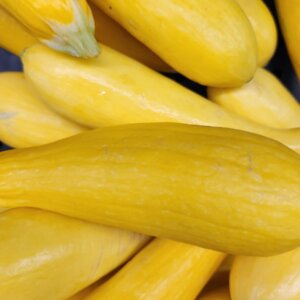
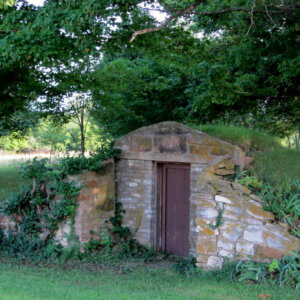
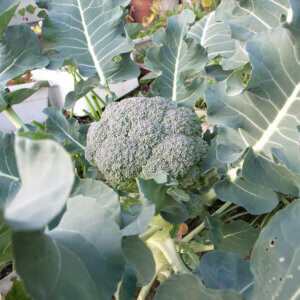
Love these! You find the most interesting things.
Please send me more information about building a house like this. This is fascinating.
We want to take the Island Lobster Bake Cruise on Oct 18 Thurs.Can we confirm? What time?We are cinomg from Colorado (we called about the whale watching but think this sounds fun also).Thank youSteve Obrecht
most of these are fckng awesome. i’m inspired, especially by the incredibly low costs.
***Editors note: This post has been disemvoweled for not following our community guidelines.***
What a nice post it is? I am so glad to visit this wonderful blog. Thanks for sharing.
I would love to build a cob house in Arizona, do you know any contractors or persons who would do this?
Thank you
Oh my goodness. I love how full of pictures this is. I’m going to be daydreaming for hours, imagining which house I’d like to live in. Cob houses are so beautiful and romantic (I mean, in addition to all of their practical and sustainable functions). Thanks for all of this dreaming-fodder – it injected a little bit of fun into my day.
You spelled COLOMBIA (the country in South America) wrong.
Good catch, thanks!
I’d would like to build a cob home in the state of WA. Is that possible to build in that area? I have so many ideas… But, are there companies that specialize in doing the building?
Yup, cob is popular in the Pacific NW. If I understand correctly it was common in the UK which has a similarly wet climate. The classic refrain is that you need to give the structure “a good hat and boots”, meaning, it needs a dry and sometimes slightly raised foundation, no water draining towards the structure, and a great roof with wide overhangs to keep water away from the walls.
I don’t personally know any cob builders in WA, but there are a number of natural builders, many of whom work in cob and other approaches like earthbags. I’d start by searching “cob builders washington” and start working your way through the names/companies you find. Good luck!
Fantastic(al) designs. Very inspiring. I wish there were pictures of the interiors of those structures as well.